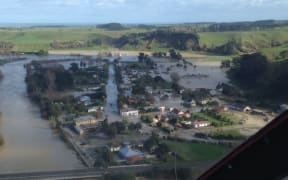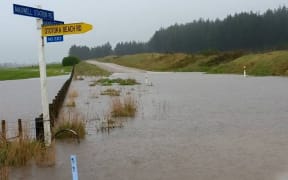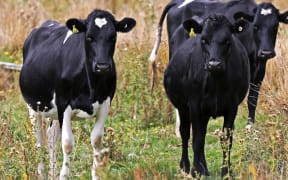Some farmers in southern Manawatu are facing flood clean-up bills of hundreds of thousands of dollars and, in many cases, insurance will not be able to help.
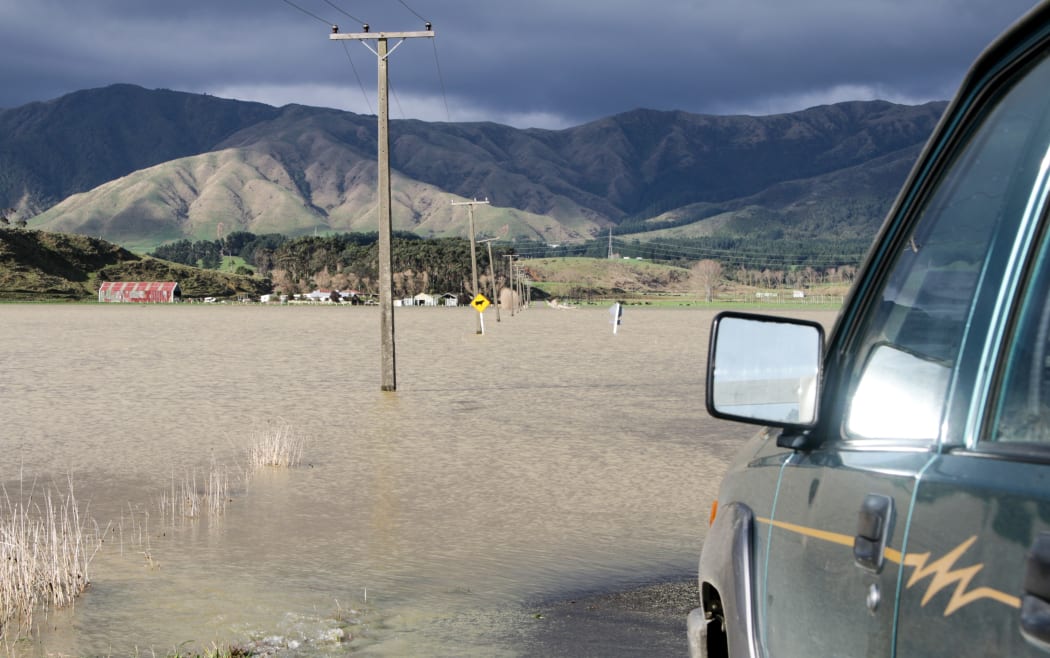
An area near Palmerston North during June's flooding, which also affected Whanganui and Taranaki. Photo: RNZ / Michael Cropp
Main Drain Road in Rangiotu was one of the worst flood-affected areas when the Oroua River breached its banks almost a month ago.
With calving underway in many parts of Manawatu, and rapidly falling dairy prices, the flooding and clean-up problems are just another stress on top of what some have described as a terrible winter.
A Fonterra shareholders' councillor for southern Manawatu, Richard Syme, said, for the worst-affected properties, insurance did not come close to what the clean-up bills would be.
"We've got about a dozen farmers in southern Manawatu who have had a major and ongoing impact from the flood, and [at] a significant financial cost," he said.
"The majority of that cost isn't covered by insurance policies because it's really around pasture, damage to tracks and races."
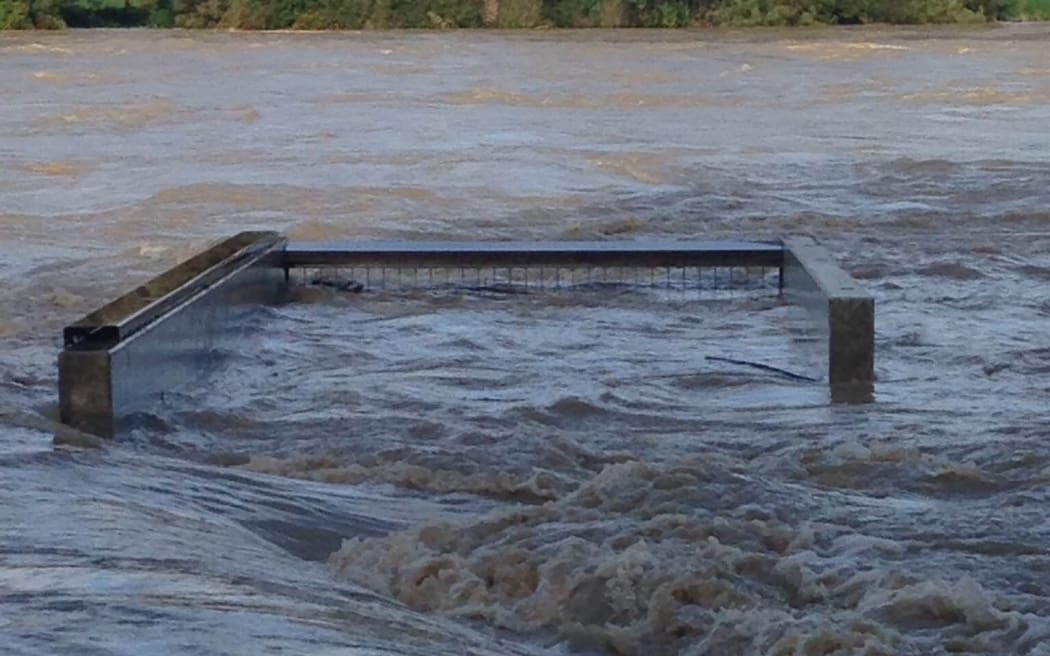
The Manawatu River as seen from Victoria Esplanade, Palmerston North, during flooding in June. Photo: Supplied: Keren Dittmer
Mr Syme is also the chief executive of Hopkins Farming Group, which had four farms submerged in water during the flooding.
However, he said the water drained away within a matter of days, which meant they were left with less damage than some of their neighbours.
"For our four flood-affected farms, the cost to us has been around $1 million, in terms of costs to date and that we expect to incur going forward. Of that, we can insure around $100,000 of it [which is] covered by existing policies.
"All our farms have recovered remarkably well, mainly because not a lot of silt was deposited. Visually, if you're driving around now, the farms look quite unaffected, but when you walk into the paddock you see the impact.
"The most significant impact for us has been pasture loss, with... a reasonably thin layer of silt being deposited on the paddocks, so five to 10 centimetres of silt, and just the impact on future growth."
Mr Syme urged anyone in need of help to not be too proud to ask for it.

